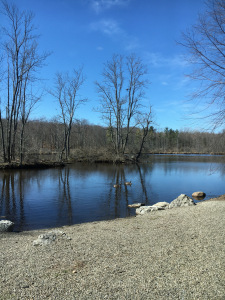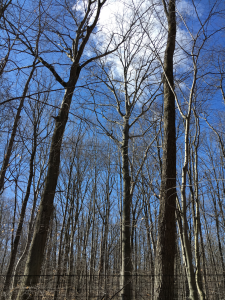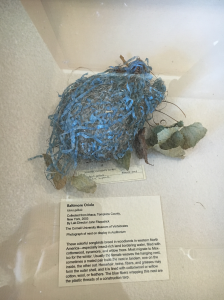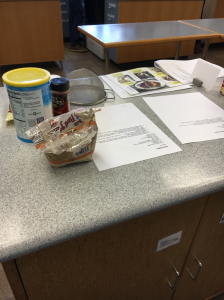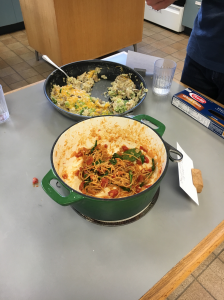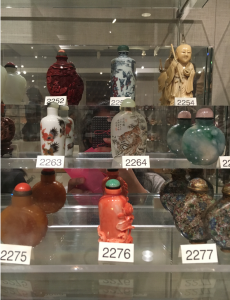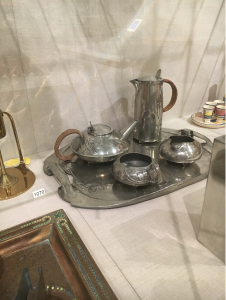Last week, I went to Rose Cafe to listen to the talk about success during finals week. We’ve all heard it before: go to bed early, take breaks from work, schedule out your day, exercise, don’t subsist on chips. However, what I did find interesting is what was said about the nature of sleep itself. Sleep, apparently, should not occur in multiple sessions (taking four two-hour naps during the day to get your full 8 hours). Sleep is supposed to be an all-eggs-in-one-basket, one-time shot kind of activity. I thought about this for a while and it didn’t make much sense to me. Either way you still get the same quantity, so why would it actually matter how you split it up? So, I asked. Of course it makes sense. Sleep resets our circadian rhythms; all the way down to a neurochemical level, sleep allows our bodies to replenish resources. Only in the 7th hour of sleep do our bodies carry out the process of muscle repair. If we sleep for 2 hours at a time, then our bodies can’t possibly accomplish all the resetting that needs to be done in order to function optimally.
It also makes sense to go to sleep earlier and wake up earlier than to go to sleep later and wake up later. Again, this has to do with our circadian rhythms–sleeping in darkness and waking up with light is a natural process that allows us to maintain a more rejuvenating and effective sleep cycle than staying up in darkness and sleeping through light. It’s important to keep in mind that humans are not just a part of nature; humans are nature; we have physiological responses to our surrounding world and we need to take into account the bigger picture. Psychological stress takes years off of our lives. Finals are important, but in the long run we’re not going to remember what grade we got in that one class during spring semester of sophomore year of undergrad. We sure will remember the fact that we killed ourselves (and I mean this in as literal of a sense as possible) to study for it though.
With that said, good luck with this last round of prelims and all the best for our upcoming finals!

